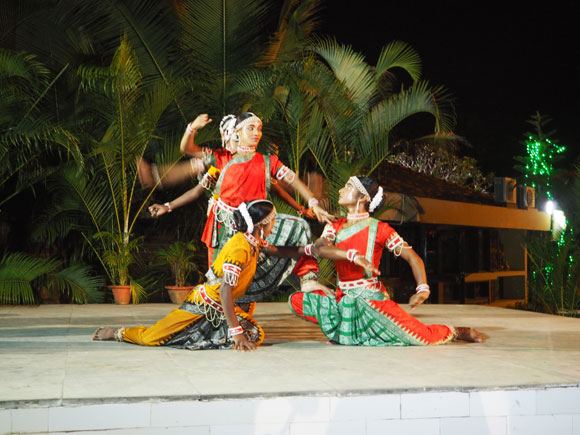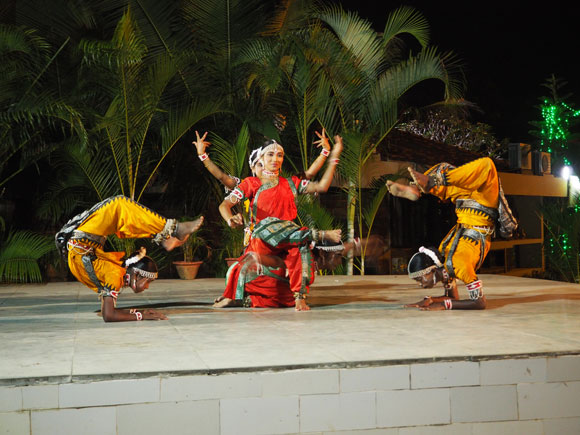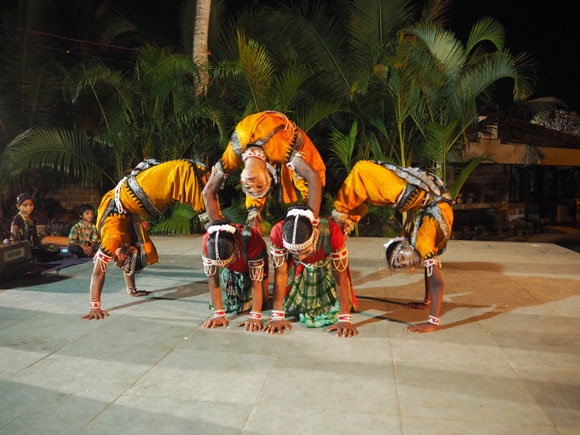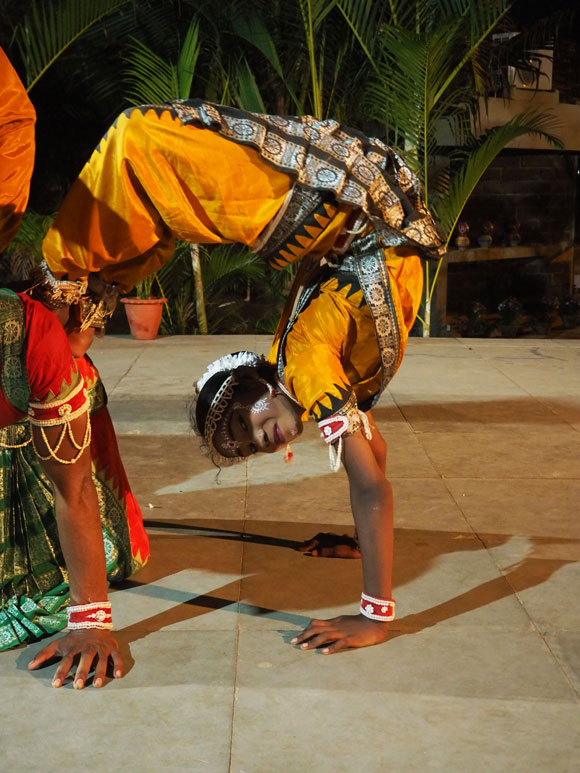May 09 2016.
views 993Bring On The Dancing Boys - The Gotipua Dances Of Odisha
Pulsating beats, agile footwork and acrobatic movements are some of the hallmarks of Gotipua, a classical Indian dance form of Odissi, one of the eight classical dance forms of India. During a recent visit to the fascinating state of Odisha, the luxury Toshali Sands Resort in Puri hosted an evening of Gotipua dancing which held the audience spellbound.
Originating from the East Indian state of Odisha, this is one of the oldest surviving dance forms of India with depictions of Odissi dancing dating back to the 1st century BC evidenced in carvings in the hills of Udayagiri in Odisha.

Etymologically, ‘Gotipua’ in Oriya means ‘single boy’. But the dance is performed in groups. This dance form is said to have originated around the beginning of the 16th Century. Long ago, the temples in Orissa had female dancers called Maharis who were devoted to and performed for Lord Jagannath. When the Mahari dance form started declining, the male dancers continued the tradition by dressing up as the female dancers. Although the Gotipua dance follows the Odissi style, the technique, costumes and presentation are different from that of the Mahari dance. In Gotipua, the dancers themselves sing.

The dance form is not an easy one to master, as it requires rigorous training and regular practice. The boys are recruited to learn the dance at a very young age, and undergo training until their adolescence, when their androgynous appearances begin to change. They follow a strict training process starting their day at 4am to practice yoga, breathing techniques, rigorous physical exercises, oil massages and acrobatic movements. After a full day at school the boys return to their dance training which goes on till late evening.

The Gotipua dancers, recognisable by their top knot hairstyles, dance until they reach puberty then go on to other things like teaching Gotipua or becoming musicians with the troupe. The dance form includes striking intricate acrobatic poses and a performance is accompanied by a simple orchestra, consisting of the guru wielding the gini (cymbals), a singer strumming a harmonium and a mardal (drum) player.

The dances performed with a sensuality and grace that it was difficult to notice that the dancers were boys trained to perform such an intricately feminine dance form. The dance troupe outdid themselves by performing feat after feat of nigh on impossible dance moves that had some of the dancers almost levitating. The finale was a combination of complex acrobatic feats, postures and graceful steps which mesmerised the audiences and treated them to an unrivaled spectacle of dance. Spending an evening watching a performance of electrifying Gotipua dance should not be missed if you visit Odisha.
Air India offers daily flights to Odisha’s capital city Bhubaneswar from many major Indian cities.

Text and photographs by Tina Edward Gunawardhana
0 Comments